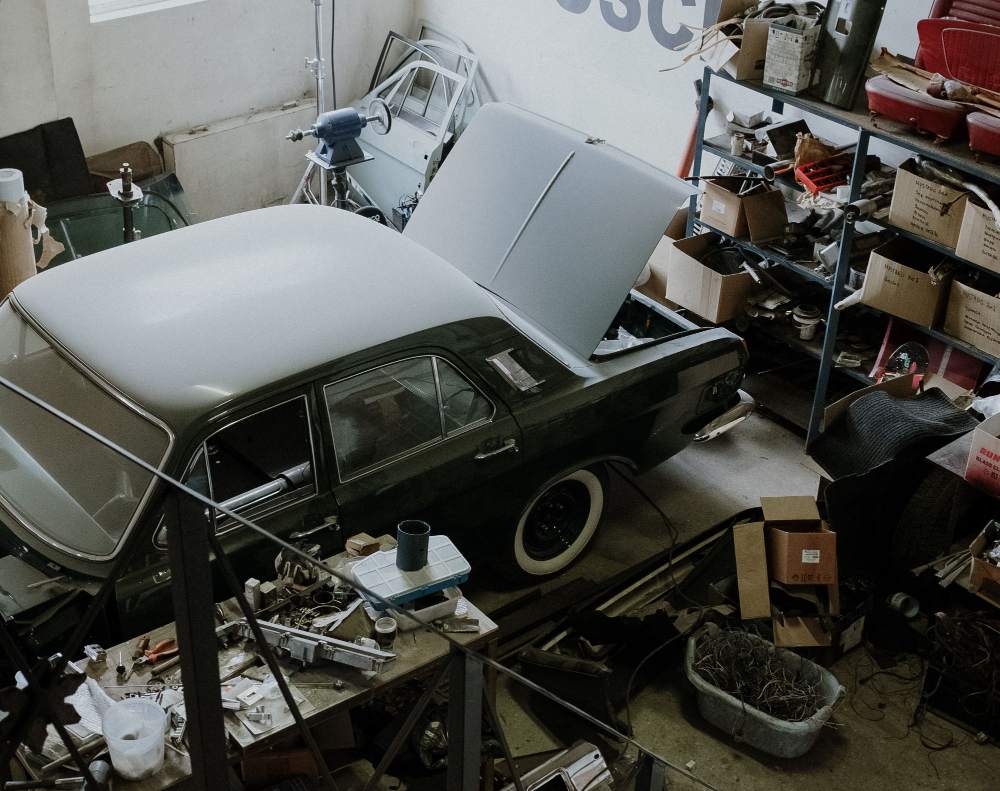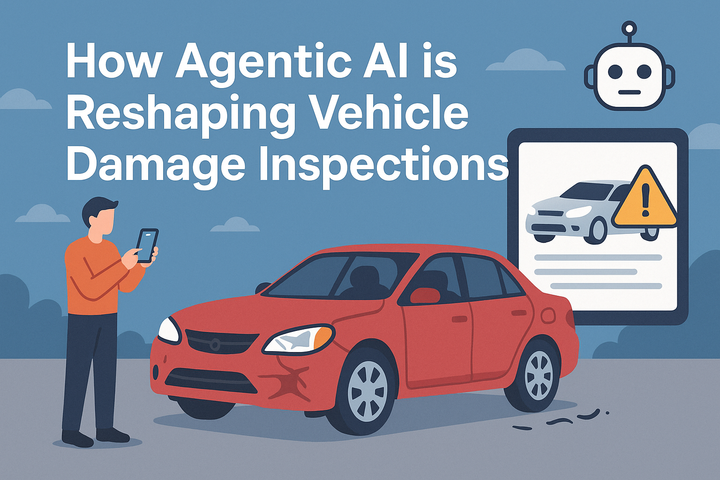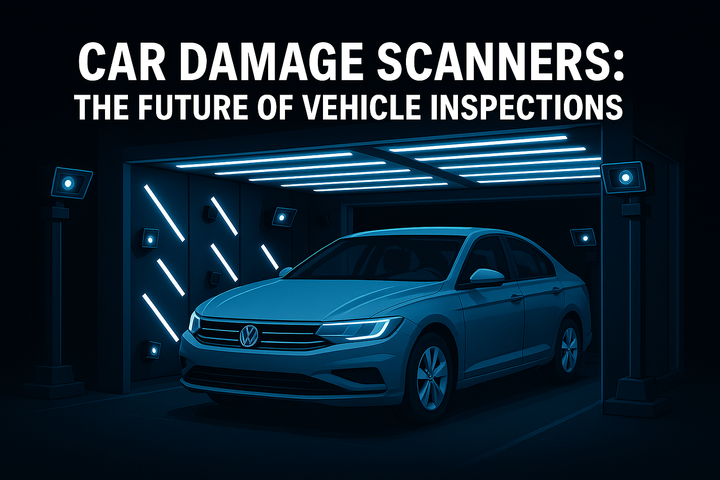Manual Inspection vs. Automated Vehicle Inspection | Inspektlabs
There is no doubt that self-inspections are the future of the industry. As the technology behind AI inspections continues to improve, the reach and scope of automated inspections will expand.

Car inspections are a cornerstone of the car rental, used car, and car insurance industries. Traditionally, car inspections were exclusively conducted by human inspectors. Every time a vehicle needs to be inspected, the insurance agency or the relevant business entity will send an agent to check the car physically. However, this traditional approach is losing traction due to the introduction of automated self-inspections. Let us explore these approaches in some detail to improve our understanding.
Manual Inspections
Manual inspections have been the norm until recently. An inspector would visit the car owner to inspect the car physically. During the process, the inspector generates a report of all the detectable damages and recommends the following steps accordingly. This approach was the only feasible option before the introduction of modern technology in the automotive industry. However, this approach's popularity is steeply declining. Some automobile players still operate using this approach. Let us now discuss why this is the case.
First, manual inspections pose a considerable cost to the company. Depending on the geographical and competitive market, a single manual car inspection costs anywhere between $30-$200. The costs might even run up to $300 if the assessment necessitates traveling a considerable distance. Sometimes, an inspector may need to fly in to inspect a car, which will understandably rack up the bills. Then, on a related note, manual car inspections are time-consuming and inefficient. Setting up an appointment with a car owner may be challenging due to conflicting schedules. The inspection process is time-consuming and slow even if a suitable time is agreed upon between the owner and inspector. The inspection process itself takes 3-5 hours and might take even longer in some cases.

In the modern context, customers demand effective and efficient systems that require minimal human intervention. This factor became even more relevant due to the ongoing Covid-19 pandemic. Since many customers still seek to minimize human contact and maintain social distancing standards, physical inspections are unpopular. Physical checks also require specific tools and equipment to inspect a vehicle thoroughly. The manual approach is not customer-friendly due to scheduling, coordinating, and the inconvenience of these inspections. As illustrated, this approach is riddled with redundancies and challenges. There is a solution to most of these concerns, which presents itself as the second and more popular approach, i.e., automated self-inspections.
Automated Self-Inspections
The automotive industry now has the option to disregard the traditional approach and opt for automated self-inspections. Self-inspections eliminate the human inspector from the equation altogether by automating the entire inspection process from damage detection to claim assessment. The self-inspection approach entails the customer capturing pictures and videos of the car and uploading them to an AI-driven inspector. Inspektlabs' AI inspector, for example, analyzes the visuals to generate a comprehensive inspection report.
The Impact of Inspektlabs
Inspekltabs' AI can successfully detect both internal and external damages. It can detect microdamage and generate a comprehensive inspection report. It can even predict internal damages based on external damages. Due to the automation of the entire process, the inspection cost goes down to $1-2/inspection. Furthermore, the time taken per inspection ranges between a few seconds to a maximum of two minutes. Since the cost and the inspection time go down drastically, the customer experience also improves considerably. Customers can get a comprehensive vehicle inspection report without interacting with a human being. Even better is that they can do so at their convenience. Customers are no longer bound by the working hours of business, allowing them to be flexible. A 360 walk around vehicle inspection can also detect micro damages that are not visible in photos.

While this approach is undoubtedly better than manual inspections, it still has some limitations. Since automated self-inspections rely on computer vision and telematics, they cannot detect engine damage, for example. Similarly, this approach cannot determine the damage to the car's air conditioning, stereo system, and other internal damages. A specialized device can help determine the depth of paint, but this aspect of car inspections is not yet achievable through automated self-inspections. Another challenge is fraud detection. While AI inspections exponentially reduce the scope of the fraud, a perfect repainting job might conceal certain damages.
Conclusion
There is no doubt that self-inspections are the future of the industry. As the technology behind AI inspections continues to improve, the reach and scope of automated inspections will expand. As more businesses and insurers realize the advantages of self-inspections, they will soon become the norm.



